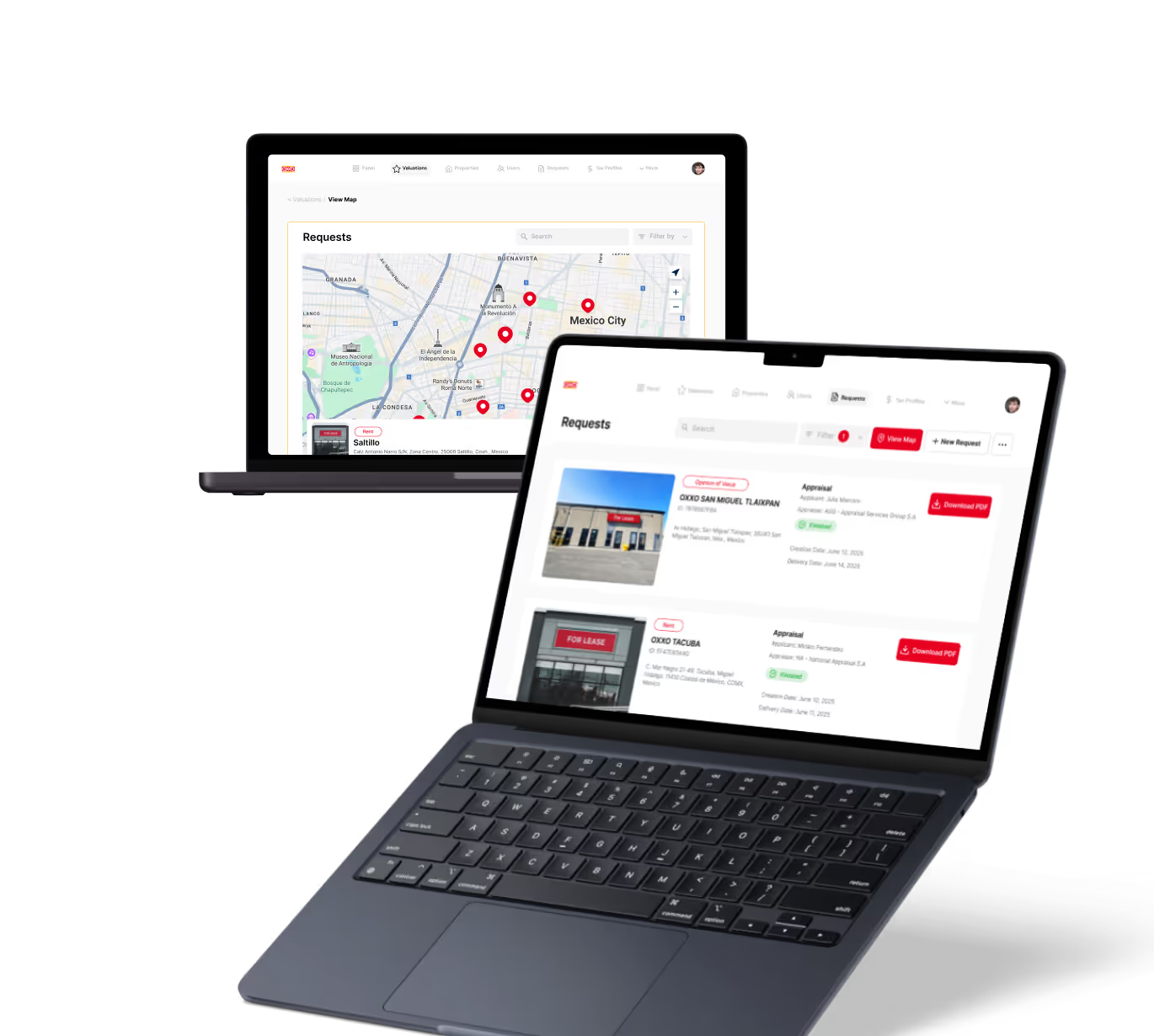MVP Scope
MVP
Learn how to define and manage MVP scope to build effective products quickly and efficiently.
Introduction to MVP Scope
When you start building a product, knowing what to include in your MVP scope is key. MVP stands for minimum viable product, which means creating the simplest version of your product that still solves a core problem.
Defining the right MVP scope helps you launch faster, test ideas with real users, and save resources. You avoid building unnecessary features that slow you down or confuse your audience.
What Does MVP Scope Mean?
MVP scope is the set of features and functions you decide to include in your initial product release. It focuses on the minimum set that delivers value and validates your business idea.
Choosing the right scope means balancing between too little and too much. Too little, and users won’t see value. Too much, and development takes too long or costs too much.
- Core features that solve the main problem
- Basic user interface and experience
- Essential integrations or workflows
- Scalable foundation for future updates
How to Define Your MVP Scope Effectively
Start by understanding your users’ main pain points. Use surveys, interviews, or market research to gather insights. Then, list all possible features and rank them by importance.
Focus on features that directly address the problem and can be built quickly. Avoid nice-to-have features at this stage.
- Identify the primary user problem
- List all potential features
- Prioritize features by impact and effort
- Choose only what is essential for launch
Tools like bubble or Glide help you prototype and test MVPs fast. They let you build without coding, so you can adjust scope easily based on feedback.
Common Mistakes in MVP Scope Planning
Many teams try to include too many features, thinking it will impress users. This often leads to delays and wasted effort.
Another mistake is ignoring user feedback. Your MVP should evolve based on real user needs, not assumptions.
- Overloading the MVP with features
- Skipping user validation before launch
- Not planning for future iterations
- Focusing on perfection instead of usability
Examples of MVP Scope in No-Code/Low-Code Projects
Imagine you want to build a task management app. Your MVP scope might include:
- Creating and editing tasks
- Marking tasks as complete
- Basic user registration
- Simple task list view
Using Glide, you can build this MVP quickly with spreadsheets as your backend. Later, you can add notifications or integrations with Zapier.
Another example is an event booking system. The MVP scope could cover event listings, booking forms, and email confirmations. FlutterFlow can help you design the app interface fast.
How to Manage and Adjust MVP Scope Over Time
After launching your MVP, collect user feedback and usage data. This helps you decide which features to add or improve next.
Use tools like Make or Zapier to automate workflows and extend your MVP without heavy coding.
- Track user behavior and feedback
- Prioritize new features based on impact
- Iterate quickly with no-code tools
- Keep your product lean and focused
Remember, MVP scope is not fixed. It evolves as you learn more about your users and market.
Conclusion
Defining the right MVP scope is essential for launching successful products. It helps you focus on what matters most and avoid wasting time on unnecessary features.
By understanding your users, prioritizing core features, and using no-code or low-code tools, you can build and improve your MVP efficiently. Keep testing and adjusting your scope to grow your product wisely.
FAQs
What is MVP scope in product development?
How do I decide what features to include in an MVP?
Can no-code tools help with MVP scope management?
What are common mistakes when defining MVP scope?
How can I adjust MVP scope after launch?
Why is MVP scope important for startups?
Related Terms
See our numbers
315+
entrepreneurs and businesses trust LowCode Agency
Investing in custom business software pays off
We were managing property valuations across multiple brands, and the complexity was overwhelming our traditional processes. Every day of delay in property evaluation meant potential lost revenue and competitive disadvantage.
15,000+
property valuations managed through centralized platform
40%
reduction in valuation processing time

J.Antonio Avalos
,
Product Manager Lead
OXXO



%20(Custom).avif)